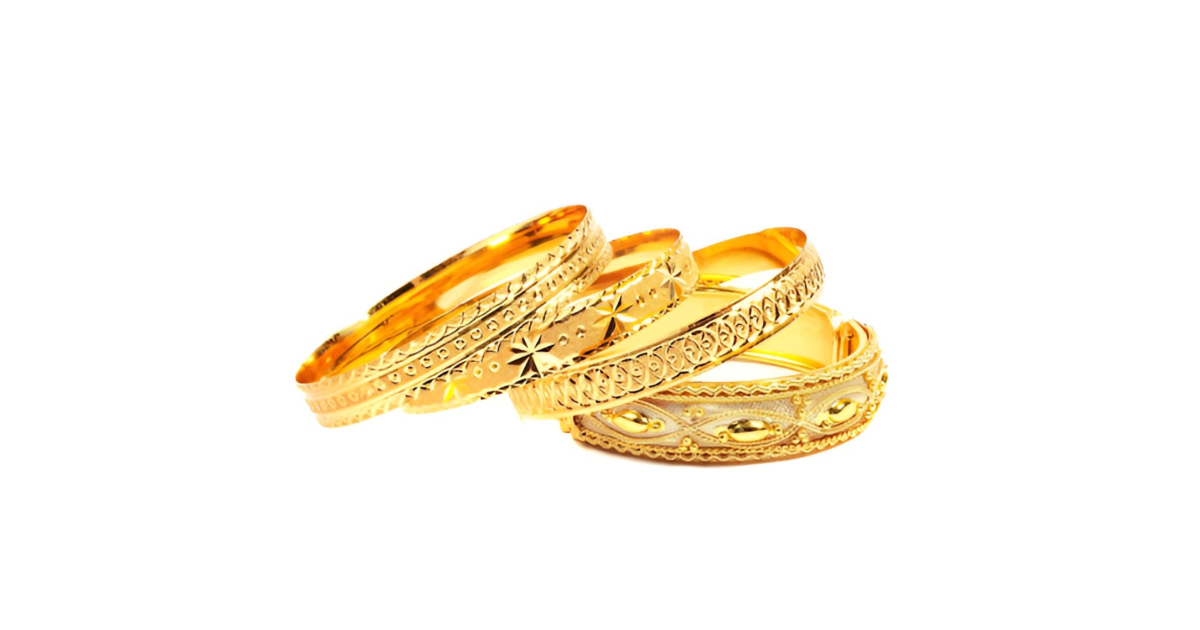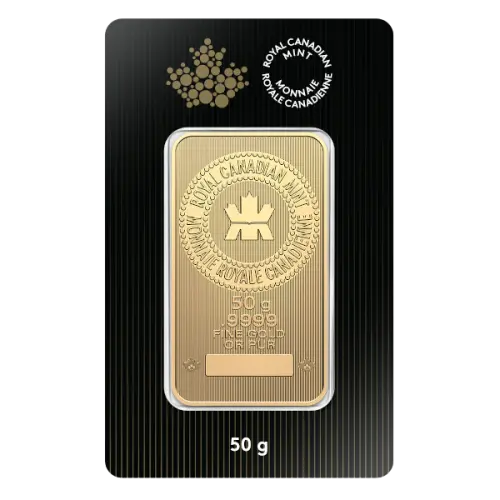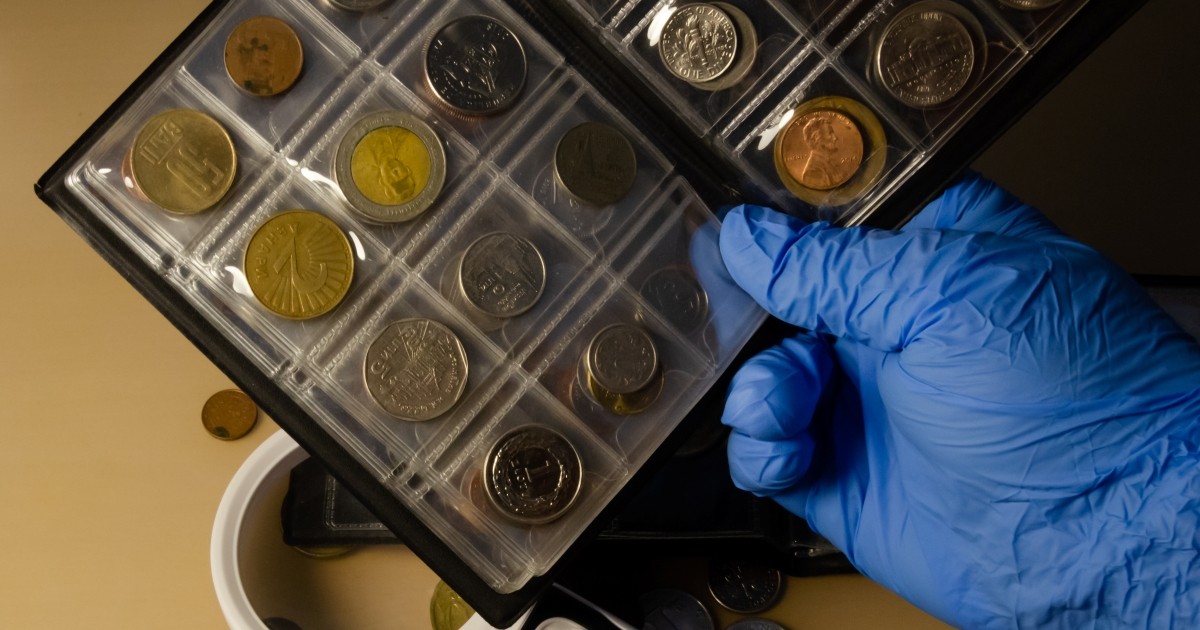
If you've ever been curious about how heavy a gold bar really is, you may be surprised to learn that there’s no single answer.
At Pacific Precious Metals, our team is dedicated to education and transparency, especially when it comes to the fine details behind gold bar manufacturing. Contrary to popular belief, gold bars do not always weigh exactly what their labels say, and that’s completely normal.
Small, measurable differences in weight occur due to minting tolerances, purity variations, and the production methods used by different refiners and mints. These tolerances are part of standard international practice and have no negative impact on a bar’s value.
How Gold Bars Are Measured: Grams, Troy Ounces, and Kilograms
When we are referring to weights of gold bars, we first have to identify the primary units utilized in the industry:
- Grams (g): Most small bars (1 g, 5 g, 10 g) are priced in grams. These are popular among novice investors in gold as well as with collectors.
- Troy Ounces (oz): Global standard for bullion, with 1 troy ounce = 31.1035 grams, not precisely like that "regular" ounce you stock in your cupboard.
- Kilograms (kg): Institutional size is quantified in kilograms by way of the 1 kg bar for customers or vault storage. (One kilogram = 32.15 troy ounces.)
Globally, investment-grade gold is measured in troy ounces, not regular or “avoirdupois” ounces. It’s a key distinction for anyone buying or selling gold.
Common Gold Bar Sizes and Their Actual Weights
When we talk about the “typical sizes” of gold bars, investors usually encounter:
- 1 gram, 5 grams, 10 grams, 20 grams
- 1 oz, 10 oz
- 100 grams, 1 kilogram
- 400 oz (the institutional standard)
Even within these categories, small variations exist. For instance, a “1 oz” bar might actually weigh between 31.10 and 31.12 grams, depending on mint calibration and production tolerances.
When you shop with Pacific Precious Metals, our team is always happy to discuss exact specifications so you know precisely what you’re purchasing.

What “Tolerance” Means in Gold Bar Production
So, what exactly is “tolerance”? In gold bar production, tolerance refers to the small, industry-allowed deviation from the exact target weight stated on the bar. Here are some important essentials:
- Cast Bars: These bars are typically hand-poured, so there is always a bit more variation.
- Minted Bars: They are most produced by precision machinery, minted bars, which have tighter tolerances.
Importantly, tolerance standards are designed to ensure that no gold bar is ever lighter than its stated weight. In fact, most bars are legally required to be slightly heavier, never lighter.
For example, a 100 g bar might legally weigh anywhere between 100.05 and 100.30 grams, depending on the mint and applicable international standards.
The 400 oz “Good Delivery” Bar: The Institutional Benchmark
When people ask, “How much does a gold bar weigh?”, they’re often referring to the massive 400-ounce “Good Delivery” bar used by central banks, market makers, and large institutions.
Unlike the smaller, precisely minted retail bars, these institutional bars:
- Have an average weight of 400 troy ounces (about 12.4 kilograms).
- It can range between 350 and 430 troy ounces, depending on the foundry and casting process.
This wide variation stems from the hand-poured casting method and the internationally accepted refining tolerances. Each bar is individually weighed, stamped, and certified before being traded on the global market.
Why Weight Variations Don’t Affect Value
Many clients worry that slight differences in weight might change their gold’s value. Fortunately, that’s not the case.
Gold bars are valued by their fine gold content, not their gross weight. The purity level (often .999 or .9999 fine) allows dealers to calculate the exact gold content, which determines the bar’s true value.
The standard pricing formula looks like this:
Fine gold weight (in ounces) × current spot price + premium per bar
This means that minor variations within legal tolerance limits have no impact on your resale or investment value.
Cast vs. Minted Bars Production and Tolerance Differences
The way a gold bar is made affects its appearance, precision, and sometimes its premium:
- Cast Bars: Hand-poured into molds, featuring a traditional look and wider tolerances (±0.2–0.5%). Cast bars have a rugged, vintage appeal and often carry slightly lower premiums.
- Minted Bars: Cut by machines from rolled sheets with sharp edges and mirror finishes. These have minimal deviation (<0.1%) and are favored for their sleek presentation and easy resale.
At Pacific Precious Metals, serious investors and collectors can explore both cast and minted gold bars.

How Dealers Verify Gold Bar Weight and Purity
As a trusted bullion dealer, we want you to feel confident every time you buy or sell gold. Here’s how we ensure accuracy and integrity right in our stores:
- Precision Weighing: Our certified scales measure down to 0.001 grams.
- Purity Confirmation: We use advanced, non-destructive X-ray fluorescence (XRF) analyzers for scanning the metal for purity.
- Documentation: Every transaction is accompanied by transparent, traceable paperwork while protecting both your investment and your peace of mind.
Discover how Pacific Precious Metals sets the benchmark for integrity among bullion dealers.
Buy Gold Bars From Pacific Precious Metals
So, why don’t all gold bars weigh exactly what’s stamped on them?
It comes down to minting tolerances, subtle purity differences, and production processes, all standard, regulated practices that have no negative effect on your gold’s security, worth, or resale potential.
If you’re curious about how much a gold bar weighs, or ready to explore different sizes and formats, visit Pacific Precious Metals. Our collection includes authenticated bars, transparent pricing, and expert guidance at every step of your investment journey.










